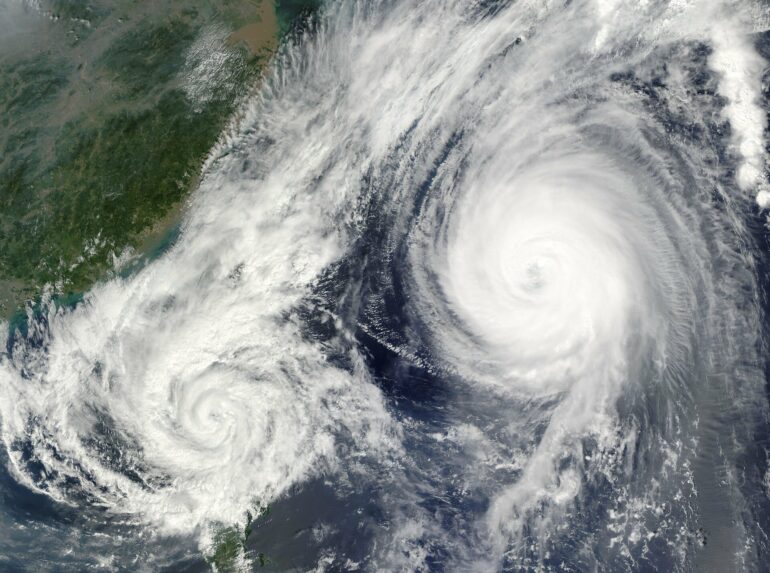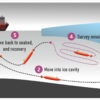Considering numerous variables, tropical cyclones are rarely alike. While tropical cyclones are rated for their wind speed, it is important to consider the relationship between the storm’s size and overall intensity.
A research group led by Prof. Chen Guanghua from the Institute of Atmospheric Physics of the Chinese Academy of Sciences has provided a new perspective of the tropical cyclone size-intensity relationship, which highlights the physical mechanisms underlying coordinated changes within tropical cyclones.
Their findings were published in Advances in Atmospheric Sciences.
Size and intensity metrics are critical to depict tropical cyclone wind field structure at low levels. Likewise, they are important for operational meteorologists to issue wind destruction warnings. However, the relationship between size and intensity remains complicated. Observed size differences between two tropical cyclones with the same intensity can vary hundreds to thousands of kilometers. And a single tropical cyclone may also exhibit significant size differences at its distinct life stages.
Previous studies showed that the traditional large-sample analysis mixing up all tropical cyclone records concluded a weak correlation between size and intensity, which might obscure these variables’ intrinsic relationship.
To investigate what causes the various intensity-relative expansions during the tropical cyclone development stage, Chen’s team analyzed the tropical cyclone best track dataset from the Joint Typhoon Warning Center. They classified the selected tropical cyclones into two groups with different degrees of size expansion relative to the same intensity increment.
“Size expansion with intensity indicates a strong positive correlation during the early development,” said Chen. “The difference in the size expansion relative to the same intensity increment among tropical cyclones is a root reason for the overall weak correlation.”
By comparing the differences between these two tropical cyclone groups, the researchers found that latitude and environmental vertical wind shear are the two primary factors responsible for variation in the size-intensity relationship.
“The changes in the wind field of tropical cyclones at low levels are attributed to the advection of absolute angular momentum,” said Chen. “The angular momentum budget analysis suggests that higher latitude and stronger vertical wind shear are conducive to importing planetary and relative angular momentum, therefore augmenting the size expansion when tropical cyclones intensify.”
More information:
Kexin Chen et al, Reexamination of the Relationship between Tropical Cyclone Size and Intensity over the Western North Pacific, Advances in Atmospheric Sciences (2022). DOI: 10.1007/s00376-022-1450-6
Provided by
Chinese Academy of Sciences
Citation:
New perspective on tropical cyclone size-intensity relationship (2022, August 8)



